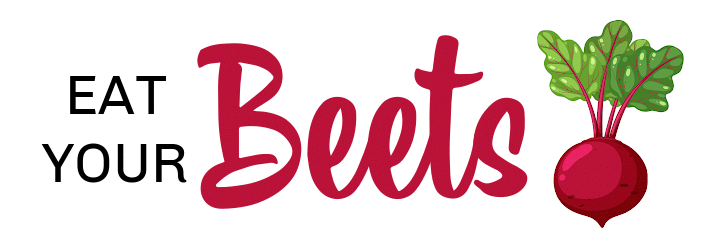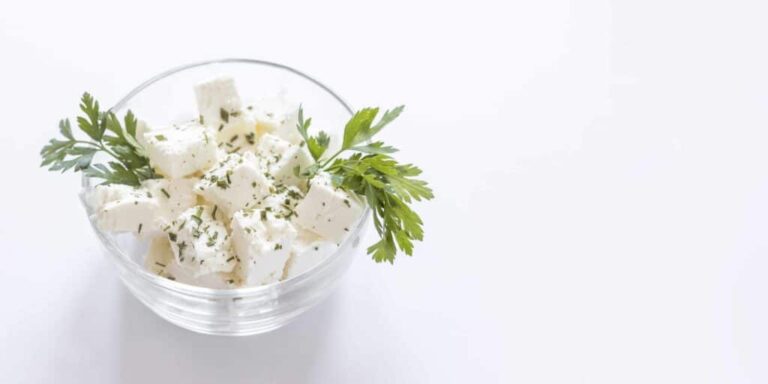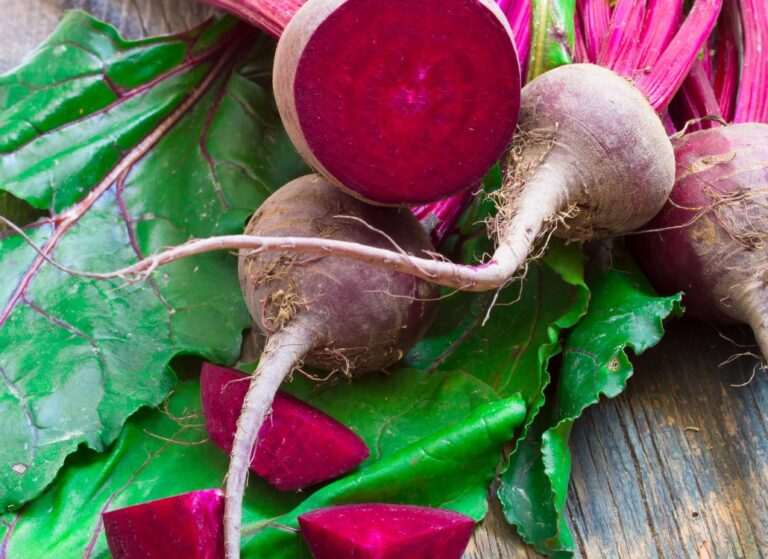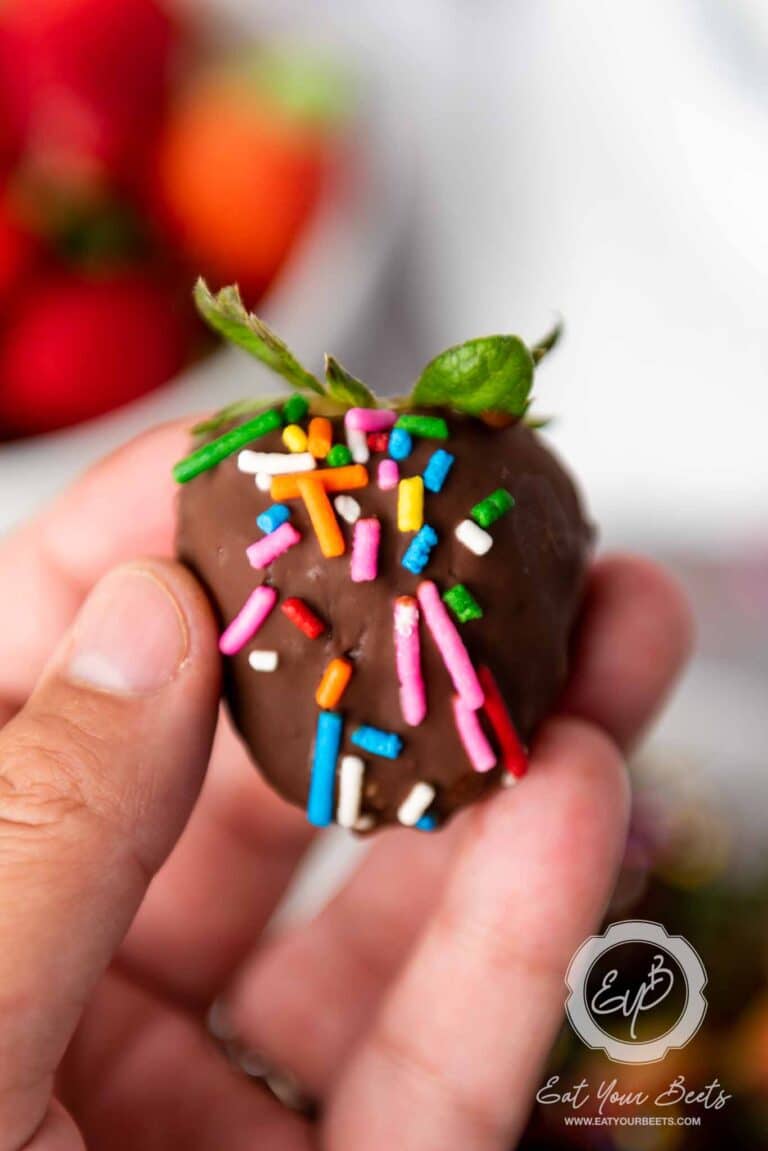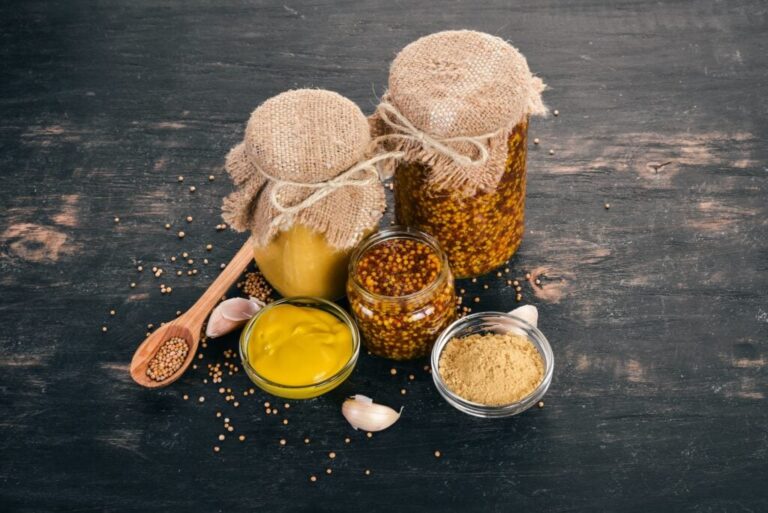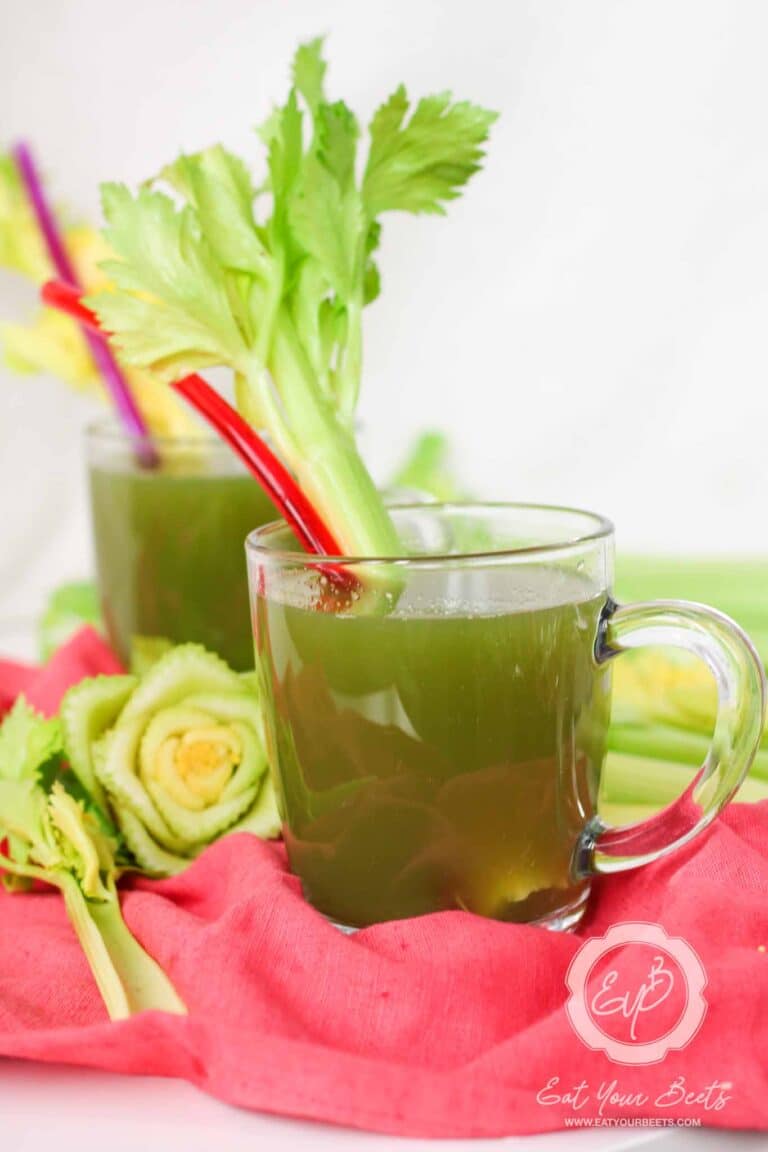Is Cucumber a Fruit?
It’s one of the most popular debates among plant enthusiasts—is cucumber a fruit or a vegetable? From nutrition experts to grandparents swapping stories over their kitchen table, everyone has their opinion. But what is the truth behind this seemingly age-old conundrum?
Keep reading as we dive into the science and history of cucumbers and determine if they should really be categorized as fruits or vegetables.

Contents
What Is a Cucumber?
Cucumbers belong to the Cucurbitaceae family, including squashes, melons, zucchini and pumpkins. They are technically considered a fruit; specifically a type of botanical berry called a pepo.
However, in culinary terms, cucumbers are often treated as vegetables due to their savory applications.
Cucumbers usually have a cylindrical shape, elongated with rounded ends, and can vary in length from small to quite long. Depending on the specific type and growing conditions, some varieties may be curved or slightly bulbous.
Types of Cucumbers
Cucumbers come in several varieties, but here are three main types:
Slicing Cucumbers: These are the most common type, typically eaten fresh or used in salads. They have thick skin and crisp flesh.
Pickling Cucumbers: These are smaller and have bumpy skin. They’re used to make pickles due to their size and firm texture.
English Cucumbers: Also known as “seedless cucumbers,” they are longer, thinner, and have a milder taste. They’re often used in gourmet dishes and cocktails.
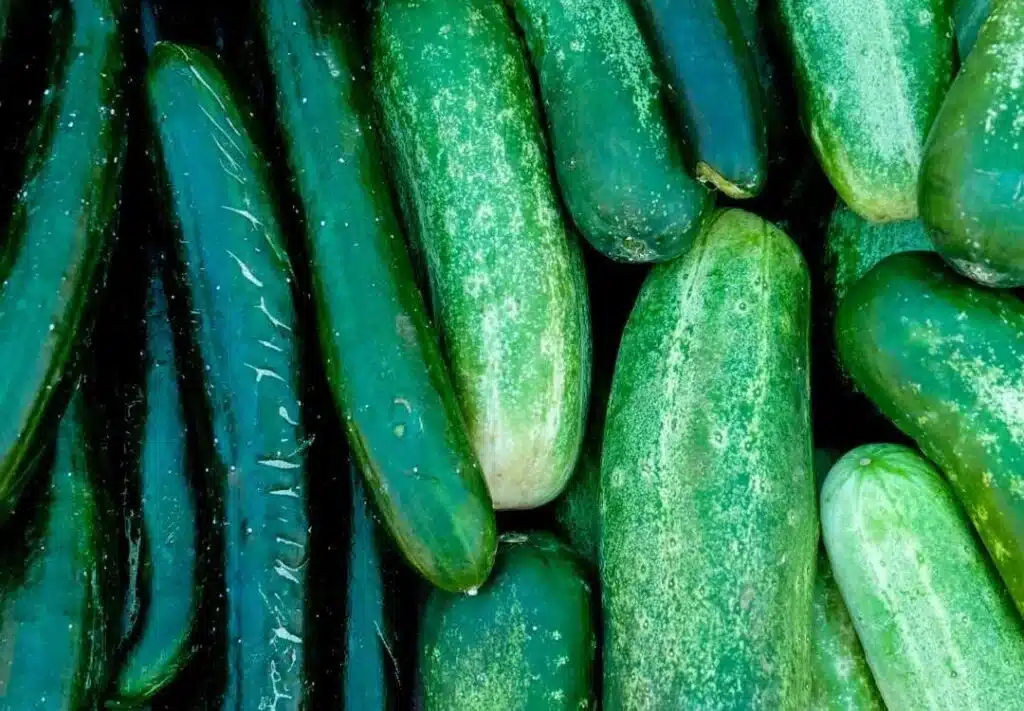
What Does Cucumber Taste Like?
Cucumbers have a mild and fresh flavor that can be slightly sweet. Their taste is often described as crisp and watery due to their high water content. Some cucumber varieties may have a slight bitterness, particularly in the skin.
However, this bitterness varies among different types of cucumber plants and growing conditions. If a cucumber tastes unusually strong or like shampoo, it might be due to the presence of a compound called cucurbitacin, which can make cucumbers taste bitter.
Difference Between Vegetables and Fruit
By botanical definition, a fruit is the mature ovary of a flowering plant, typically containing seeds.
A vegetable, on the other hand, is a broader term that includes all other parts of the plant, such as edible roots (carrots), edible leaves (spinach), edible stems (celery), and edible flowers (broccoli).
By culinary definition, fruits that are not sweet, like tomatoes or cucumbers, are often categorized as vegetables due to their use in savory dishes. This has led to some confusion and even legal debate over the classifications.
The key takeaway is that the distinction between fruits and vegetables can depend on whether you’re looking at it from a botanical or culinary perspective.

Cucumber: A Fruit or Vegetable?
Are cucumbers fruits or vegetables? The answer is, technically, both. While science classifies them as fruits, tradition and culinary practices lean towards treating them as vegetables. This dual identity doesn’t affect the taste or nutritional value of cucumbers, but it does make for an interesting food trivia fact.
A Botanical Perspective
Botanically speaking, cucumbers are undeniably considered fruits. They grow from the blossom of the cucumber plant scientifically known as Cucumis sativus, which belongs to the gourd family, and they house the plant’s seeds within them.
Interestingly, cucumbers are also classified as a type of botanical berry known as pepo. Pepos are characterized by a hard outer rind and no internal divisions, a description fitting for watermelons, pumpkins, and of course, cucumbers.
A Culinary Perspective
Cucumbers, with their crisp texture and refreshing taste, are a versatile ingredient in the culinary world. Most commonly eaten raw in salads or as a crunchy snack, they bring a burst of freshness to any dish.
Their mild flavor also makes them an excellent addition to stir fries, where they can soak up the flavors of the other ingredients, like soy sauce, while maintaining their distinctive crunch. Whether enjoyed raw or cooked, cucumbers offer a unique culinary perspective with their versatility and health benefits.
Uses of Cucumbers
Cucumbers are a highly adaptable vegetable that can be used in various ways.
Culinary Uses
Cucumbers are versatile in the kitchen. They can be eaten fresh in salads, used as a garnish, or made into pickles. They’re also used in chilled soups and drinks for their refreshing taste.
Skin Care
Cucumber slices are often placed on the eyes during facials due to their soothing properties. Cucumber juice can also be used in skincare products for its hydrating and anti-inflammatory benefits.
Gardening
Cucumbers can be grown in home gardens for personal use. They also act as a good companion plant, deterring pests like ants, beetles, mites, and slugs.
Medicinal Uses
Cucumbers have been used in traditional medicine for their diuretic, detoxifying, and anti-inflammatory properties. Some studies suggest they may help lower blood glucose levels and prevent certain types of cancer.
Health and Nutrition
Aside from being low in calories, cucumbers contain important nutrients like vitamin K, vitamin C, and potassium. They’re also composed of about 95% water, making them a great choice for hydration.
How Can I Grow My Own Cucumbers?
Growing your own cucumbers can be a rewarding experience. Here are some steps to help you:
- Choose the Right Variety: Decide whether you want to grow slicing, pickling, or English cucumbers.
- Prepare the Soil: Cucumbers prefer well-drained soil enriched with organic matter. The pH of the soil should be between 6.0 and 6.8.
- Sow the Seeds: Plant the tiny seeds about 1 inch deep and 3 to 5 feet apart in a row. If you’re growing them in pots, sow two seeds per pot.
- Watering: Keep the soil consistently moist with an inch of water per week. Water at the base of the plants and avoid wetting the leaves.
- Sunlight: Ensure the plants get plenty of sun. Cucumbers need at least 6 hours of sunlight each day.
- Care: Monitor for pests and diseases. Use a trellis or support if you’re growing climbing varieties to keep them off the ground.
- Harvest: Cucumbers are ready for harvest 50 to 70 days from planting, which depends on the variety. Harvest when they are a bright medium to dark green, depending on the variety.

Pickle Your Cucumbers
Clean and slice cucumbers, though whole ones can also be used. Boil a mix of water, rice vinegar, and salt until it dissolves. Place mustard seed, dill, black peppercorns, and garlic in a jar, add cucumbers tightly, and cover with hot brine.
Once cooled, seal the jar and let it sit for two days to pickle. Afterwards, refrigerate for weeks. Adjust spices and brine ratio for desired taste.
So, Is Cucumber a Fruit or Vegetable?
Botanically, a cucumber is classified as a fruit since it grows from the flower of the cucumber plant and contains seeds.
However, in culinary terms, it’s often treated as a vegetable because of its savory flavor and its use in salads and other dishes.
This dual categorization is common with several foods; tomatoes, peppers, and zucchinis share the same botanical-to-culinary transition. Ultimately, whether you classify cucumber as a fruit or vegetable can depend on the context – in a science class, it’s definitely a fruit, but in a kitchen, it’s just as definitely a vegetable!
